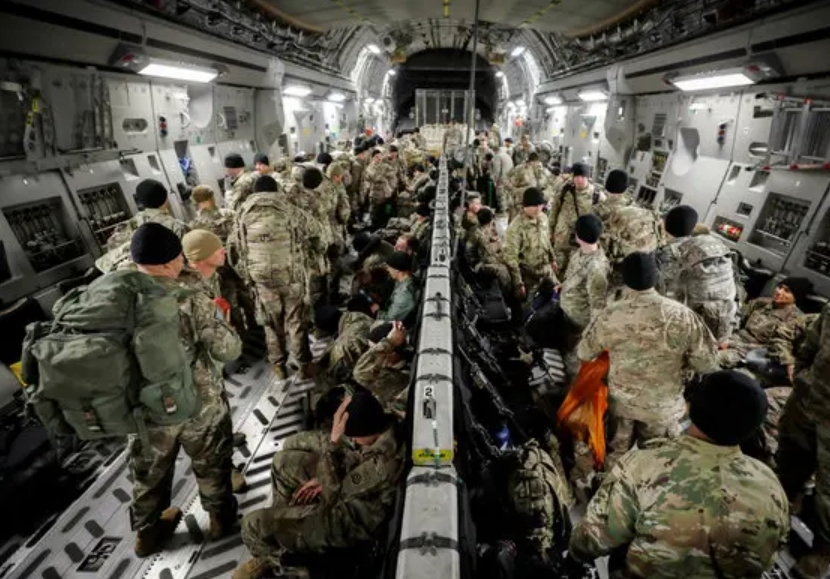The U.S. Army is taking significant steps to prepare for a potential war with China in the Indo-Pacific region, including making sure there is enough blood to keep soldiers and civilians alive in the event of a conflict.
Maj. Nekkeya McGee, who runs a donation center for the Armed Services Blood Program and is a joint blood program officer for the 18th Medical Command, which serves the Indo-Pacific region, has stated that blood supply and logistics are already a challenge, and the shortage is expected to worsen in the aftermath of the COVID-19 pandemic.
To overcome these challenges, the Army is looking into alternate manufacturers to avoid a single point of failure in the event of an emergency. This includes finding other options for the bags used to collect and store blood, which are currently in short supply due to the pandemic.
These efforts are part of Operation Pathways, a series of rehearsals and planning exercises to prepare for potential logistical challenges that may arise during a conflict in the Pacific. Maj. McGee is leading the charge to develop a system for effectively moving blood products across the region.
In addition to making sure there is enough blood supply, the Army is also focused on developing technologies and systems to improve blood storage, supply, and data collection. This includes a battery-powered refrigerator prototype that can help with storage and supply to first aid stations.
The Armed Services Blood Program is also working on a new data collection system called Theater Blood Mobile, which aims to replace the current legacy system and improve how data is collected for pre-screening donation qualifications, infectious diseases, and blood transfusions in operational settings.
One of the challenges the Army faces in the Indo-Pacific region is blood donation shortages. The U.S. is currently facing a blood shortage crisis, and the military relies on civilian donations as a backup supply. Additionally, staffing, low donation numbers, and manufacturing problems are affecting the military’s blood donations.
To supplement their supply, the Army has established blood-sharing agreements with partner nations in the region. However, these agreements come with their own set of challenges, including policy differences and cultural norms. This is where blood comparability studies, which assess the collection and testing procedures of foreign countries, come into play. The Army is also looking at expanding its use of freeze-dried blood products to supplement the supply.
In preparation for potential conflicts in the Indo-Pacific, the Army is also working on improving its ability to predict blood supply needs based on past data. This involves closely monitoring supply and demand in the region and working closely with partner nations to ensure the efficient distribution of blood products.
In summary, the Army is taking significant steps to ensure they are well-equipped to handle any potential blood supply challenges in the event of a war with China in the Indo-Pacific region. This involves implementing new technologies and systems, establishing partnerships with other nations, and closely monitoring supply and demand in the region. These efforts will be crucial in increasing survival rates for soldiers and civilians alike in the event of a conflict.

